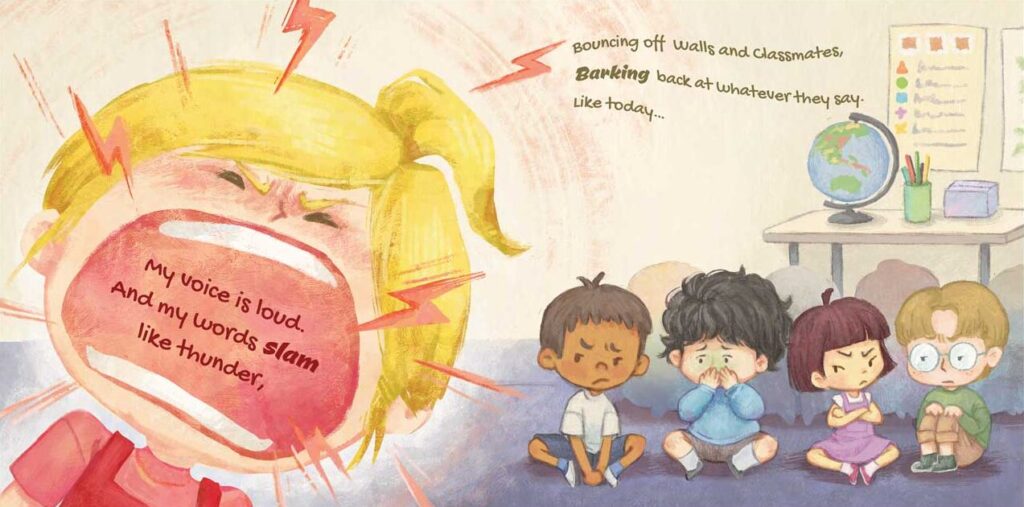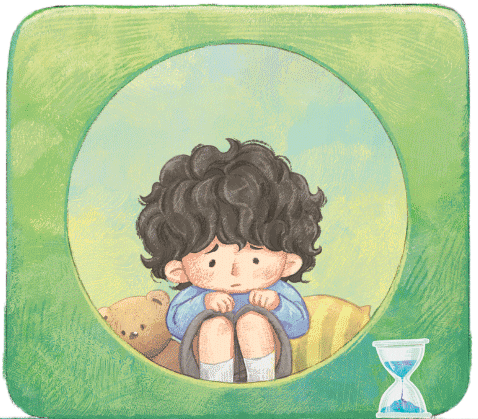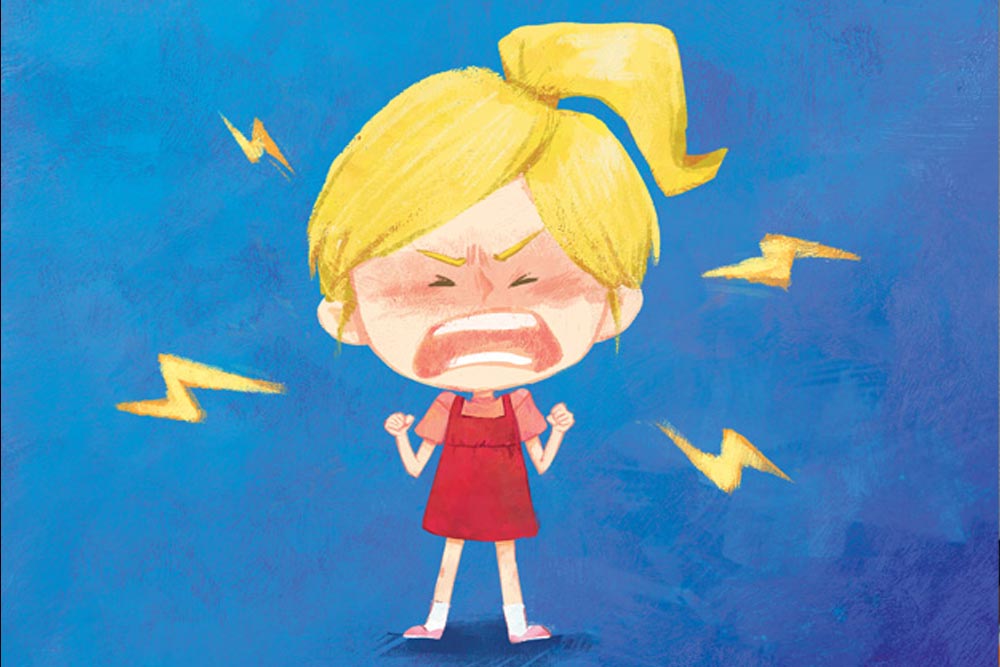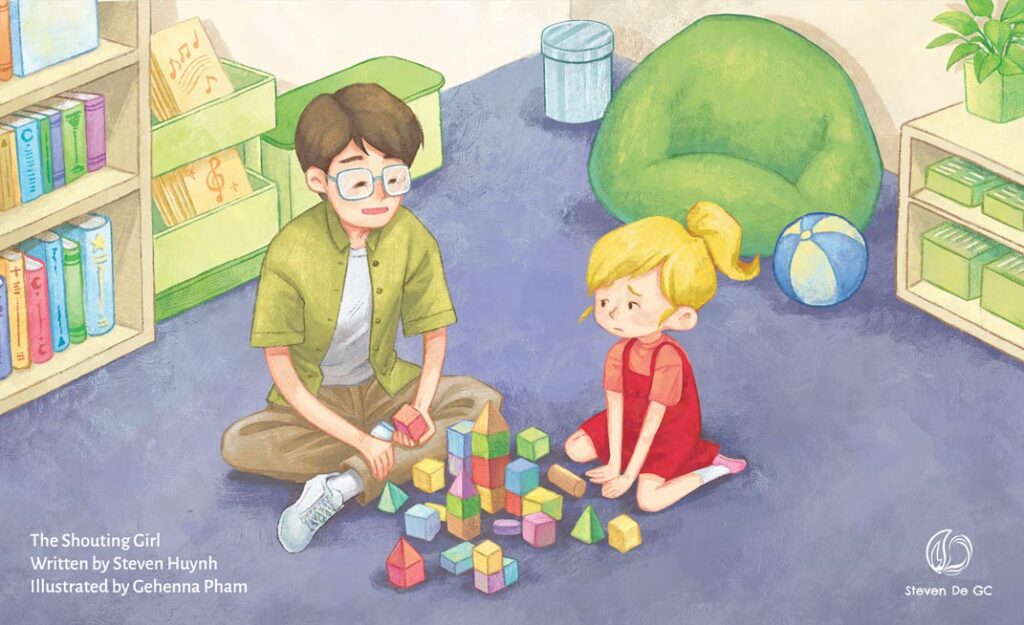Children don’t throw tantrums just to frustrate you. In most cases, these meltdowns are signs of emotional overload, crying for help. The young minds still learn to make sense of big feelings and practise emotional regulation. Understanding child behaviour psychology can help parents respond with empathy rather than punishment.
The Psychology Behind Your Child’s Meltdown
Fight, Flight, or Freeze: Understanding Your Child’s Brain During a Meltdown
When a child is overwhelmed, their brain switches from thinking to survival mode. The amygdala part of the brain responsible for detecting threats takes over, triggering a fight, flight, or freeze response. This means that your child might scream (fight), run away (flight), or shut down completely (freeze).
According to Dr. Dan Siegel, author of The Whole-Brain Child, during a meltdown, “kids flip their lid,” which means the emotional part of the brain overrides logical thinking. Your child isn’t trying to be difficult; they’re trying to regain emotional balance in a moment that feels out of control.
Why Emotional Regulation Is Hard for Young Children
Emotional regulation is a skill that develops over time. Young children simply haven’t built the neurological pathways or life experience to handle overwhelming emotions on their own. They rely on adults to help them co-regulate and return to calm.
Research from the Center on the Developing Child at Harvard University emphasises that “the ability to regulate emotions is not present at birth but develops with practice and support.” In other words, your child isn’t being “bad” they’re learning.
How Attachment and Emotional Safety Shape Child Behavior
Secure attachment plays a key role in a child’s ability to regulate their emotions. When a caregiver responds with consistency, warmth, and understanding, the child begins to internalise that the world is a safe place. This emotional safety allows them to process difficult feelings more effectively.
Insecure attachment or inconsistent reactions from caregivers, however, can lead to heightened anxiety and behavioral issues. As Dr. Laura Markham from Aha! Parenting explains, “children behave better when they feel better,” not when they feel threatened or misunderstood.
Story Spotlight: The Shouting Girl
Understanding the emotional world of children isn’t always straightforward, especially when their feelings come out as yelling, crying, or withdrawal. That’s why Steven Huynh wrote The Shouting Girl, a story that captures what’s happening beneath the surface when a child acts out, and how empathy and connection can help them feel safe. It’s a powerful tool for both kids and caregivers navigating big emotions. Learn more the book here!

How to Calm a Meltdown Before It Escalates
Calm Your Child’s Meltdown with Co-Regulation Techniques
Co-regulation is the practice of staying calm and connected, so your child can “borrow” your nervous system to regulate theirs. This might look like:
- Sitting beside your child quietly
- Offering a comforting touch or hug
- Breathing slowly together
These techniques send a powerful message: You are safe, and I’m here with you.
What to Say During a Child’s Meltdown: Validating Big Emotions
Words matter especially in emotionally charged moments. Instead of “Stop crying!” or “Calm down!”, try saying:
- “I see you’re really upset.”
- “It’s okay to feel angry. I’m here.”
- “Let’s take a deep breath together.”
Validating emotions doesn’t mean encouraging bad behaviour but helping your child feel understood, which lowers the intensity of their emotional response.

Create a Calm-Down Space to Help Kids Manage Big Feelings
A calm-down space gives children a safe, inviting place to reset. Fill it with:
- Soft pillows or blankets
- Fidget tools or sensory toys
- Books about emotions
- Drawing materials
- A sand timer
By giving your child a designated area to manage big feelings, you’re equipping them with tools to self-soothe in a healthy, proactive way.










Leave a Reply